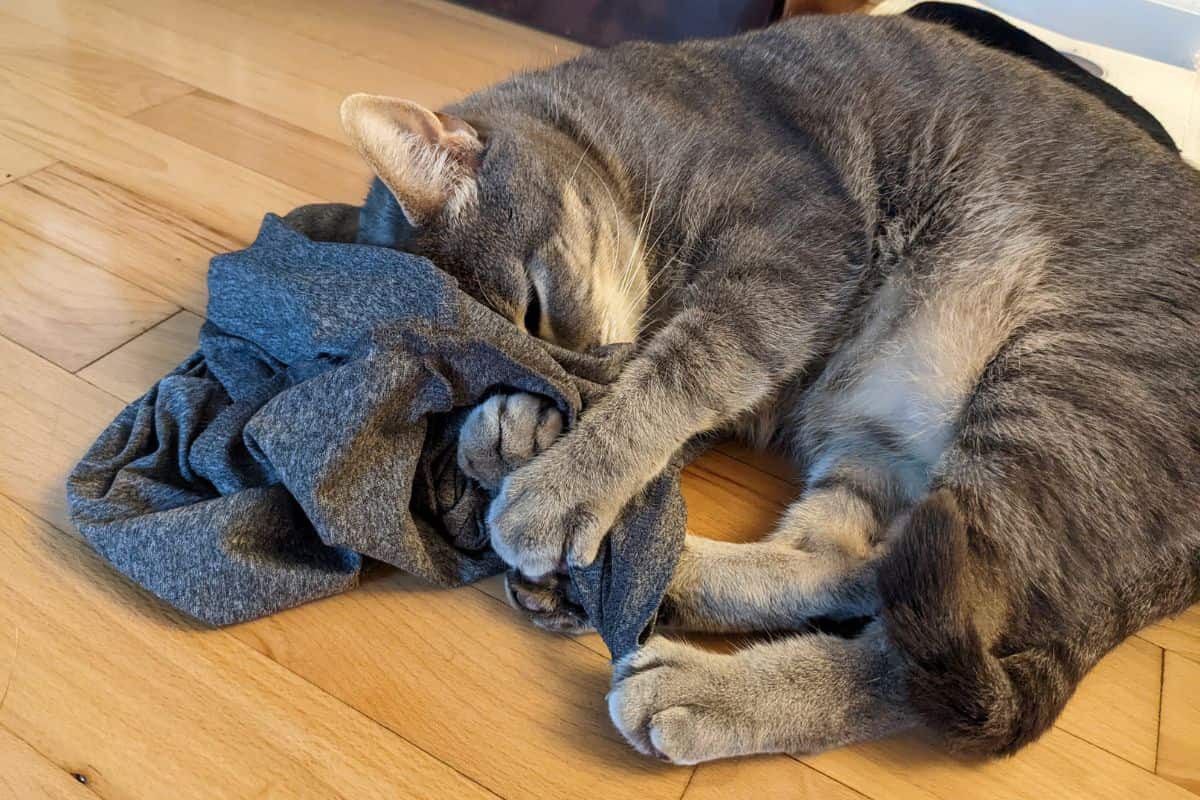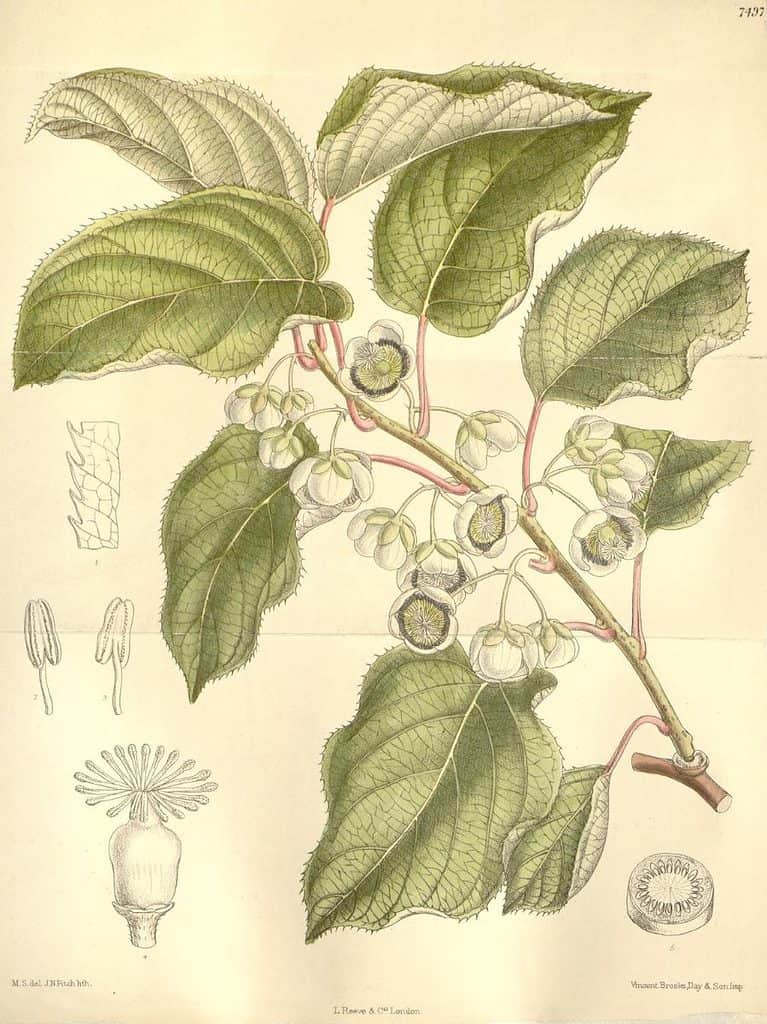Not all cats react to catnip. Researchers estimate that only about 50-70% of cats are sensitive to the effects of catnip. The ability to respond to catnip is thought to be inherited and is related to a gene that is present in some cats but not in others.
Kittens and older cats are less likely to be affected by catnip, while cats that are between the ages of 2 and 5 years are most likely to respond to it.
What is a catnip alternative?
Silver vine (Actinidia polygama) is a plant that is commonly used as a natural catnip alternative.
Silver vine is native to China, Japan, and Russia’s mountainous regions. Silver vine is also commonly spelled as one word, silver vine.

How do cats react to silver vine?
About 80% cats in one study reacted to silver vine.
Silver vine is known to have a similar effect on cats as catnip, with many cats responding to silver vine by becoming more active and playful. Iridoid nepetalactol is the component in silver vine that is response for the increase in endorphins levels in cats.
Cats may also start rolling around and rubbing their face on the silver vine plant or objects containing silver vine.

Some cats may also become more vocal or meow more when exposed to silver vine.
Some studies have also shown that silver vine may have a calming effect on cats and may be useful in reducing anxiety and stress.
Rubbing on silver vine also helps protect cats against mosquito bites as nepetalactol repels the mosquito, Aedes albopictus.
Silver vine, according to a review of the research, is not considered addictive to cats.
How long do the effects of silver vine last?
The effects of silver vine on cats generally last for about 10-15 minutes before the cat becomes less responsive to it. After this, the cat may lose interest in the silver vine and may ignore it for a while before becoming responsive to it again.
How to use silver vine?
Silver vine is typically available in dried form and can be offered to cats in a number of ways, such as by sprinkling it on toys or scratching posts or by placing it in a toy or bag for the cat to play with.
Some products contain a mix of silver vine and catnip. Most cats will be attracted to either catnip or silver vine (or to both in some cases).
Always observe your cats when introducing silver vine or catnip
It is generally safe for cats to consume small amounts of silver vine, although it is always a good idea to monitor your cat’s behavior when introducing any new substance.
If you are concerned about your cat’s reaction to silver vine or have any questions about its use, it is always a good idea to consult with a veterinarian.
References
Abramson, C. I., Lay, A., Bowser, T. J., & Varnon, C. A. (2012). The use of silver vine (Actinidia polygama Maxim, family Actinidiaceae) as an enrichment aid for felines: issues and prospects. American Journal of Animal and Veterinary Sciences, 7(1), 21-27.
Bol, S., Caspers, J., Buckingham, L., Anderson-Shelton, G. D., Ridgway, C., Buffington, C. T., … & Bunnik, E. M. (2017). Responsiveness of cats (Felidae) to silver vine (Actinidia polygama), Tatarian honeysuckle (Lonicera tatarica), valerian (Valeriana officinalis) and catnip (Nepeta cataria). BMC veterinary research, 13(1), 1-16. https://doi.org/10.1186/s12917-017-0987-6
Uenoyama, R., Miyazaki, T., Hurst, J. L., Beynon, R. J., Adachi, M., Murooka, T., … & Miyazaki, M. (2021). The characteristic response of domestic cats to plant iridoids allows them to gain chemical defense against mosquitoes. Science advances, 7(4), eabd9135. DOI: 10.1126/sciadv.abd9135







